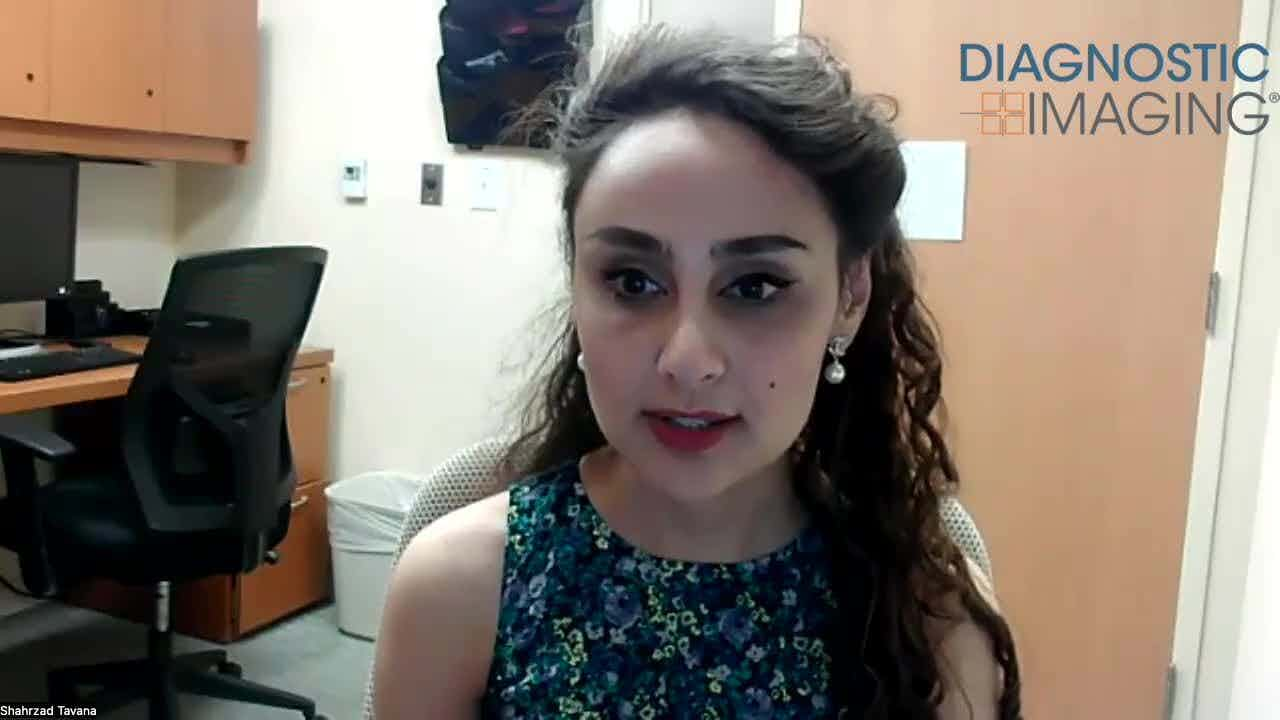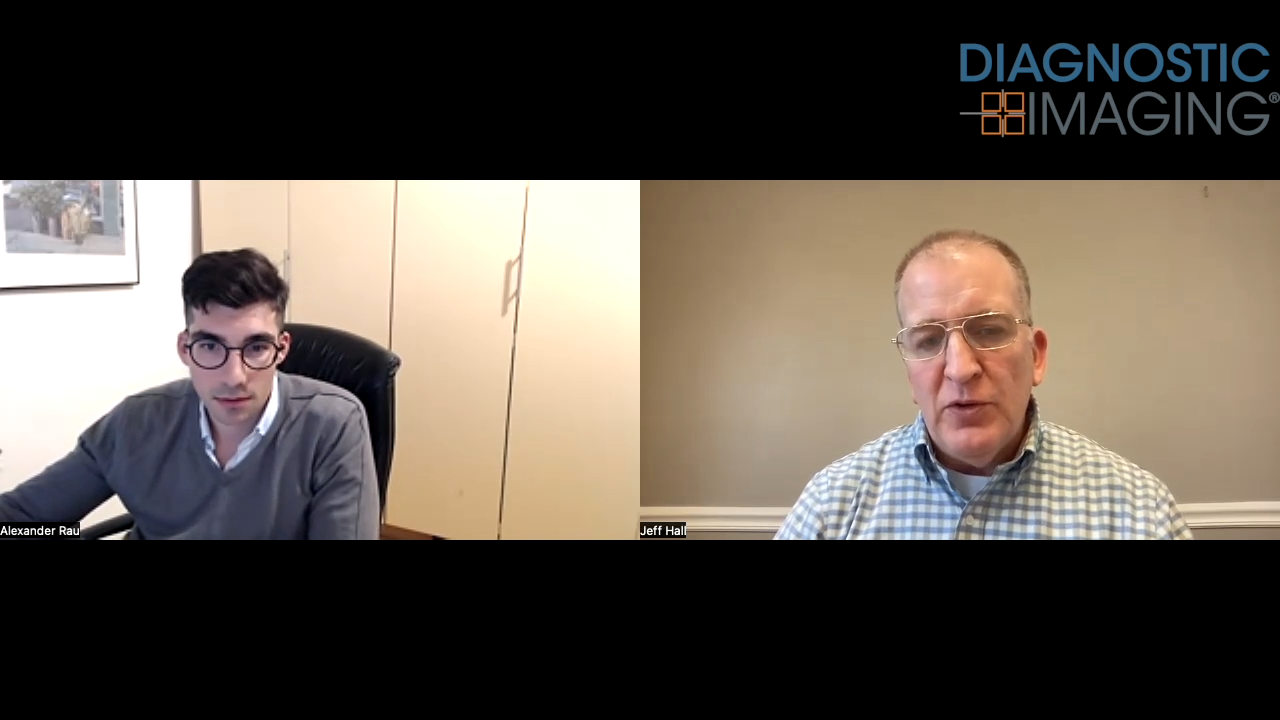Cardiac MRI Reveals Myocarditis in Competitive Athletes Recovered from COVID-19
Scans identify evidence of the condition in 15 percent of athletes who have rebounded from viral infection.
Cardiac MRI scans have detected myocarditis in 15 percent of competitive athletes who have recovered from COVID-19, a new study has reported.
In a small study of competitive college athletes published Friday in JAMA Cardiology, investigators from The Ohio State University shared their results. The findings are concerning, they said, as myocarditis is a significant cause of sudden cardiac death in competitive athletes. In fact, additional recent reports in the Washington Post revealed similar evidence has been seen in athletes from Penn State.
Related Content: Cardiac MRI Reveals Post-Recovery Heart Damage in 78 Percent of COVID-19 Patients
Consequently, identifying individuals who could still be at high risk is critical, the team said, and cardiac MRI can play a role in pinpointing which athletes can most safely return to play.
“Cardiac magnetic resonance imaging has the potential to identify a high-risk cohort for adverse outcomes and may, importantly, risk stratify athletes for safe participation because CMR mapping techniques have a high negative predictive value to rule out myocarditis,” said lead author Saurabh Rajpal, M.D., a cardiologist at The Ohio State University Wexner Medical Center.
Throughout the pandemic, research has revealed that COVID-19 infection does impact the heart in 78 percent of patients with myocardial inflammation lingering in 60 percent. And, it is known that evidence of myocardial inflammation on cardiac MRI is associated with poor patient outcomes, including myocardial dysfunction and death.
To determine the impact the virus has on the hearts of competitive athletes, Rajpal’s team performed comprehensive cardiac MRI exams on, including cine, T1 and T2 mapping, extracellular volume fraction, and late gadolinium enhancement (LGE) on 26 participants who had tested positive for COVID-19 between June and August of this year. The athletes, with an average age of 19.5 years, either ran track or played football, soccer, lacrosse, or basketball. Of the group, 12 reported mild symptoms, including sore throat, shortness of breath, fatigue, or fever, and 14 were symptomatic.
According to their findings, four athletes (15 percent) had cardiac MRI findings that were consistent with myocarditis – myocardial edema by elevated T2 signal and myocardial injury by the presence of nonischemic LGE. Two of those athletes also had pericardial effusion. Two of the four had mild symptoms, and two were asymptomatic.
In addition, 12 athletes had LGE – eight of whom (30 percent) had LGE without T2 elevation. The team reported that mean T2 in athletes with suspected myocarditis was 59 milliseconds compared with 51 milliseconds in those without such evidence on cardiac MRI. This is a finding that favors pathology, they explained.
Based on these results, the team said, the overall COVID-19-related myocardial injury in competitive athletes and the impact on sports participation remains unclear. It is possible, they said, that these abnormalities are the result of athletic cardiac adaptation. Consequently, further research is needed.
“While long-term follow-up and large studies including control populations are required to understand [cardiac MRI] changes in competitive athletes,” they said, “[cardiac MRI] may provide an excellent risk-stratification assessment for myocarditis in athletes who have recovered from COVID-19 to guide safe competitive sports participation.”
Can Abbreviated MRI Have an Impact in Rectal Cancer Staging?
April 4th 2025Abbreviated MRI demonstrated a 95.3 percent specificity for rectal cancer and provided strong agreement with the full MRI protocol for T staging and detection of extramural venous invasion, according to newly published research.
Can Photon-Counting CT be an Alternative to MRI for Assessing Liver Fat Fraction?
March 21st 2025Photon-counting CT fat fraction evaluation offered a maximum sensitivity of 81 percent for detecting steatosis and had a 91 percent ICC agreement with MRI proton density fat fraction assessment, according to new prospective research.










